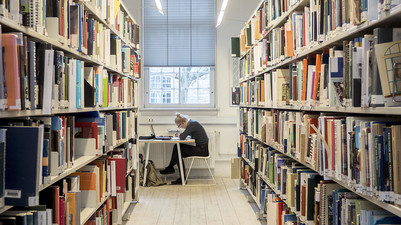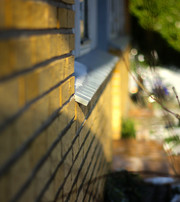
Sustainability in Danish Social Housing – The User Focus
The following research project focuses on the sustainability of sustainable, social terraced houses when occupied by users.
From an evaluation perspective, it is only once the sustainable housing is put into use that one can examine whether the sustainability lives up to the intensions in relation to the user’s needs.The users are defined as: residents, operating staff and operations management, who can provide valuable, qualitative feedback on the concept. This leads to the thesis’ normative research question: Does the sustainability of sustainable social housing work for residents, operating staff and operation management? With the sub-questions: "What is the user experience with sustainable public housing?" and "How can the users' experience be used in the development of future
sustainable social housing?”
The following research question intends to examine a wider overall assessment of sustainable social housing in Denmark.
The study involves the builders’ and architects’ assessments of users' experiences with the buildings’ sustainability systematically and comprehensively analysed and described. The aim is that the results be operational from both an assessment and a development perspective.
The project’s research design has a phenomenological scientific theory approach. Regarding the methodology, a three tier method is used in combination with both in-depth and focus group interviews. The strategic method has taken several study techniques in order to validate the data, but also to contribute new knowledge with a focus on processes and the
visibility of the qualitative (soft) values when existing sustainable social housing are being assessed.
The case studies are; “Økohus 99”, Ikast,”Lærkehaven III” in Lystrup and ”Grøndalsvænge” in København. Each, in their
own way, represents three Danish social housing estates with different approaches to sustainability. The sustainability is represented by: 1. Ecology and zoned housing, 2. Low Energy Housing according to the Passive House
Standard and 3. AlmenBolig + low-energy houses in the energy class 2020 and increased self-management.
Each case study in the dissertation is structured using presenting, descriptive and analytical sections. Each analytical section is rounded off with a summary in which the essential parts are given a partial conclusion in order to answer the research main and sub-questions. The conclusion provides generalized statements across the cases and promising case specific findings are summarized by the main points of the research.
The results of the users' experiences show the twelve main points as the inhibitors and promoters in relation to the sustainability function for user groups in the three sustainable public terraced housing estates: 1. User involvement, 2. The funding 3. Knowledge and information 4. Narratives and local context, 5. Aesthetics, 6. Technology 7. Visibility and behaviour 8. Availability, safety and security, 9. Communication, 10. Community and privacy, 11. Increased selfmanagement and 12. Conversion.
To apply the users' experiences in the development of future sustainable social housing there are a number of recommendations provided. User involvement should be established early in the programming and concept phases. One
should be realistic in relation to the funding and ambitions regarding sustainability. One should modernize communication and information to increase user knowledge about the sustainable initiatives. One should avoid the negative narratives that arise amongst users in a local context. One should be aware that the architectural aesthetics, as sustainability in itself cannot
stand alone. One should avoid complicated technology, and be aware that the visibility of energy consumption in itself is not behavioural. One should avoid steep stairs inside the housing. One should consider the expectations of the residents in relation to their needs for community and privacy. One should be aware that increased self-management by itself does not give a financial saving. You can use social media, if it is used constructively. One should discuss frameworks and the resident’s expectations for transforming common areas and their own residency.
Research Project by Jan Johansson.










